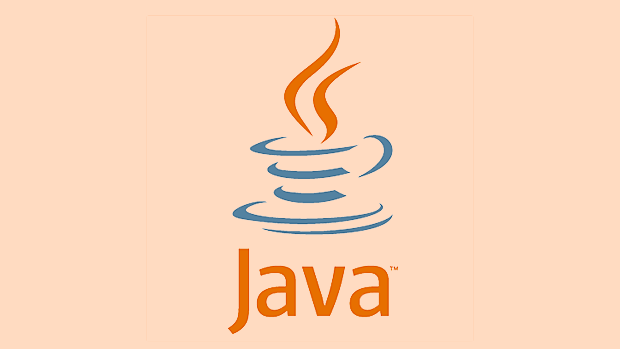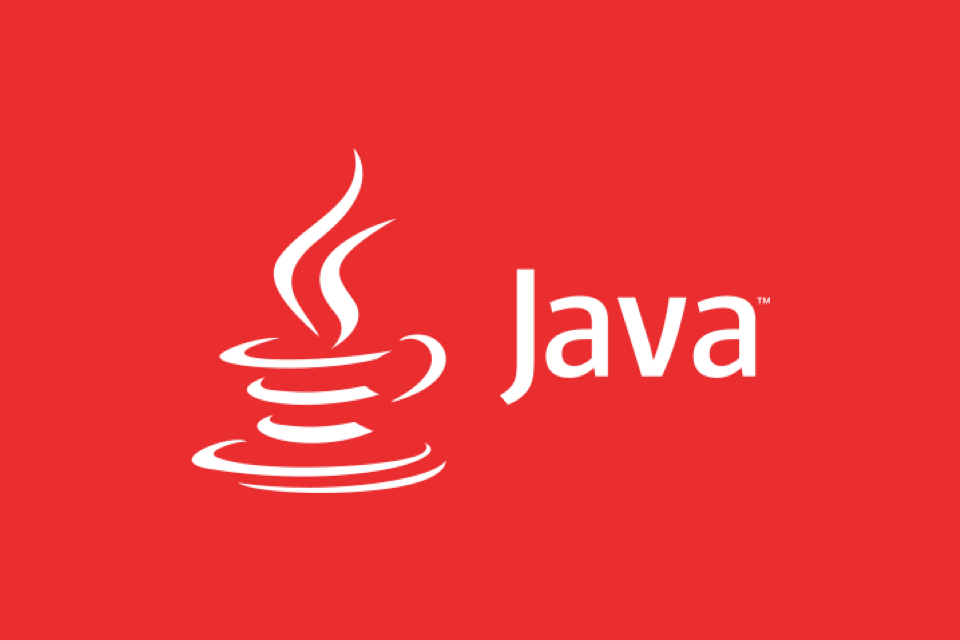Collectors.groupingBy() group data, supporting further processing by downstream collectors; 2. Collectors.partitioningBy() partitions by boolean conditions; 3. Collectors.joining() splice strings, supporting delimiters, prefixes and suffixes; 4. Numerical collectors such as summarizingInt() provide statistics; 5. Nested combination collectors to achieve complex operations; 6. collectingAndThen() performs final conversion of the results. These advanced collectors can reduce boilerplate code, improve performance, and enhance code readability, making data processing more intuitive and efficient.

Java's Stream API is a powerful tool for processing sequences of elements, and Collectors are the key to aggregating stream results into useful forms. While Collectors.toList() and Collectors.toMap() are the most commonly used, the Collectors utility class offers a rich set of operations that go far beyond these basics. Let's explore some of the more advanced and practical collectors that can simplify your code and Improve readingability.

1. Grouping Data with groupingBy()
One of the most powerful collectors is Collectors.groupingBy() , which partitions elements into groups based on a classification function.
List<String> words = Arrays.asList("apple", "banana", "cherry", "date");
Map<Integer, List<String>> groupedByLength = words.stream()
.collect(Collectors.groupingBy(String::length));
// Results: {4=[date], 5=[apple], 6=[banana, cherry]}You can also apply a downstream collector to further process each group:

Map<Integer, Long> countByLength = words.stream()
.collect(Collectors.groupingBy(String::length, Collectors.counting()));
// Results: {4=1, 5=1, 6=2}This is especially useful for summarizing data—like counting, summing, or averaging within categories.
2. Partitioning with partitioningBy()
When you need to split a stream into two groups based on a boolean condition, use partitioningBy() .

Map<Boolean, List<Integer>> evenOdd = Arrays.asList(1, 2, 3, 4, 5).stream()
.collect(Collectors.partitioningBy(n -> n % 2 == 0));
// Result: {false=[1, 3, 5], true=[2, 4]} Like groupingBy() , it supports downstream collectors:
Map<Boolean, Integer> sumPartition = Arrays.asList(1, 2, 3, 4, 5).stream()
.collect(Collectors.partitioningBy(
n -> n % 2 == 0,
Collectors.summmingInt(Integer::intValue)
));
// Result: {false=9, true=6}This is ideal for binary categories like pass/fail, active/inactive, etc.
3. Collecting into Strings with joining()
Need to concatenate strings from a stream? Collectors.joining() is clean and efficient.
List<String> names = Arrays.asList("Alice", "Bob", "Charlie");
String joined = names.stream()
.collect(Collectors.joining(", ", "Names: ", "."));
// Results: "Names: Alice, Bob, Charlie."It supports:
- A delimiter (
", ") - An optional prefix (
"Names: ") - An optional suffix (
".")
Perfect for building readable output or CSV-like strings.
4. Aggregating Numeric Data
Java provides specialized collectors for numeric reduction:
-
Collectors.summingInt(),summingLong(),summingDouble() -
Collectors.averagingInt(), etc. -
Collectors.maxBy(),minBy()withComparator
Example:
List<Integer> numbers = Arrays.asList(1, 2, 3, 4, 5);
IntSummaryStatistics stats = numbers.stream()
.collect(Collectors.summarizingInt(Integer::intValue));
// stats.getSum() → 15
// stats.getAverage() → 3.0
// stats.getMax() → 5 summarizingInt() gives you a full statistical snapshot in one pass.
5. Composing Collectors with Nesting
You can compose collectors by nesting them in groupingBy() , partitioningBy() , or mapping() .
For example, group people by city and get only their names:
Map<String, List<String>> namesByCity = people.stream()
.collect(Collectors.groupingBy(
Person::getCity,
Collectors.mapping(Person::getName, Collectors.toList())
));Or get the average age per department:
Map<String, Double> avgAgeByDept = employees.stream()
.collect(Collectors.groupingBy(
Employee::getDepartment,
Collectors.avagingInt(Employee::getAge)
)); This composability makes Collectors extremely flexible.
6. Handling Optional Results with collectingAndThen()
Sometimes you want to perform a final transformation on the result, especially when you know the result won't be null.
String maxName = names.stream()
.collect(Collectors.collectingAndThen(
Collectors.maxBy(String::compareTo),
Optional::get
));Use this to wrap a collector and apply a finishing function—handy when you want to assert or convert the final result.
Just be cautious: if the inner collector returns an empty Optional , Optional::get will throw!
Final Thoughts
While toList() and toMap() cover many basic cases, diving into the broader Collectors toolbox lets you:
- Reduce boilerplate
- Improve performance (fewer passes over data)
- Write more expressive, functional-style code
These advanced collectors are not just syntactic sugar—they enable declarative, readable data processing that closely mirrors your intent.
Basically, once you start using groupingBy , partitioningBy , and nested collectors, you'll wonder how you lived without them.
The above is the detailed content of Java Stream Collectors: Beyond `toList()` and `toMap()`. For more information, please follow other related articles on the PHP Chinese website!

Hot AI Tools

Undress AI Tool
Undress images for free

Undresser.AI Undress
AI-powered app for creating realistic nude photos

AI Clothes Remover
Online AI tool for removing clothes from photos.

Clothoff.io
AI clothes remover

Video Face Swap
Swap faces in any video effortlessly with our completely free AI face swap tool!

Hot Article

Hot Tools

Notepad++7.3.1
Easy-to-use and free code editor

SublimeText3 Chinese version
Chinese version, very easy to use

Zend Studio 13.0.1
Powerful PHP integrated development environment

Dreamweaver CS6
Visual web development tools

SublimeText3 Mac version
God-level code editing software (SublimeText3)

Hot Topics
 What is the `enum` type in Java?
Jul 02, 2025 am 01:31 AM
What is the `enum` type in Java?
Jul 02, 2025 am 01:31 AM
Enums in Java are special classes that represent fixed number of constant values. 1. Use the enum keyword definition; 2. Each enum value is a public static final instance of the enum type; 3. It can include fields, constructors and methods to add behavior to each constant; 4. It can be used in switch statements, supports direct comparison, and provides built-in methods such as name(), ordinal(), values() and valueOf(); 5. Enumeration can improve the type safety, readability and flexibility of the code, and is suitable for limited collection scenarios such as status codes, colors or week.
 What is the interface segregation principle?
Jul 02, 2025 am 01:24 AM
What is the interface segregation principle?
Jul 02, 2025 am 01:24 AM
Interface Isolation Principle (ISP) requires that clients not rely on unused interfaces. The core is to replace large and complete interfaces with multiple small and refined interfaces. Violations of this principle include: an unimplemented exception was thrown when the class implements an interface, a large number of invalid methods are implemented, and irrelevant functions are forcibly classified into the same interface. Application methods include: dividing interfaces according to common methods, using split interfaces according to clients, and using combinations instead of multi-interface implementations if necessary. For example, split the Machine interfaces containing printing, scanning, and fax methods into Printer, Scanner, and FaxMachine. Rules can be relaxed appropriately when using all methods on small projects or all clients.
 Asynchronous Programming Techniques in Modern Java
Jul 07, 2025 am 02:24 AM
Asynchronous Programming Techniques in Modern Java
Jul 07, 2025 am 02:24 AM
Java supports asynchronous programming including the use of CompletableFuture, responsive streams (such as ProjectReactor), and virtual threads in Java19. 1.CompletableFuture improves code readability and maintenance through chain calls, and supports task orchestration and exception handling; 2. ProjectReactor provides Mono and Flux types to implement responsive programming, with backpressure mechanism and rich operators; 3. Virtual threads reduce concurrency costs, are suitable for I/O-intensive tasks, and are lighter and easier to expand than traditional platform threads. Each method has applicable scenarios, and appropriate tools should be selected according to your needs and mixed models should be avoided to maintain simplicity
 Differences Between Callable and Runnable in Java
Jul 04, 2025 am 02:50 AM
Differences Between Callable and Runnable in Java
Jul 04, 2025 am 02:50 AM
There are three main differences between Callable and Runnable in Java. First, the callable method can return the result, suitable for tasks that need to return values, such as Callable; while the run() method of Runnable has no return value, suitable for tasks that do not need to return, such as logging. Second, Callable allows to throw checked exceptions to facilitate error transmission; while Runnable must handle exceptions internally. Third, Runnable can be directly passed to Thread or ExecutorService, while Callable can only be submitted to ExecutorService and returns the Future object to
 Best Practices for Using Enums in Java
Jul 07, 2025 am 02:35 AM
Best Practices for Using Enums in Java
Jul 07, 2025 am 02:35 AM
In Java, enums are suitable for representing fixed constant sets. Best practices include: 1. Use enum to represent fixed state or options to improve type safety and readability; 2. Add properties and methods to enums to enhance flexibility, such as defining fields, constructors, helper methods, etc.; 3. Use EnumMap and EnumSet to improve performance and type safety because they are more efficient based on arrays; 4. Avoid abuse of enums, such as dynamic values, frequent changes or complex logic scenarios, which should be replaced by other methods. Correct use of enum can improve code quality and reduce errors, but you need to pay attention to its applicable boundaries.
 Understanding Java NIO and Its Advantages
Jul 08, 2025 am 02:55 AM
Understanding Java NIO and Its Advantages
Jul 08, 2025 am 02:55 AM
JavaNIO is a new IOAPI introduced by Java 1.4. 1) is aimed at buffers and channels, 2) contains Buffer, Channel and Selector core components, 3) supports non-blocking mode, and 4) handles concurrent connections more efficiently than traditional IO. Its advantages are reflected in: 1) Non-blocking IO reduces thread overhead, 2) Buffer improves data transmission efficiency, 3) Selector realizes multiplexing, and 4) Memory mapping speeds up file reading and writing. Note when using: 1) The flip/clear operation of the Buffer is easy to be confused, 2) Incomplete data needs to be processed manually without blocking, 3) Selector registration must be canceled in time, 4) NIO is not suitable for all scenarios.
 Exploring Different Synchronization Mechanisms in Java
Jul 04, 2025 am 02:53 AM
Exploring Different Synchronization Mechanisms in Java
Jul 04, 2025 am 02:53 AM
Javaprovidesmultiplesynchronizationtoolsforthreadsafety.1.synchronizedblocksensuremutualexclusionbylockingmethodsorspecificcodesections.2.ReentrantLockoffersadvancedcontrol,includingtryLockandfairnesspolicies.3.Conditionvariablesallowthreadstowaitfor
 How Java ClassLoaders Work Internally
Jul 06, 2025 am 02:53 AM
How Java ClassLoaders Work Internally
Jul 06, 2025 am 02:53 AM
Java's class loading mechanism is implemented through ClassLoader, and its core workflow is divided into three stages: loading, linking and initialization. During the loading phase, ClassLoader dynamically reads the bytecode of the class and creates Class objects; links include verifying the correctness of the class, allocating memory to static variables, and parsing symbol references; initialization performs static code blocks and static variable assignments. Class loading adopts the parent delegation model, and prioritizes the parent class loader to find classes, and try Bootstrap, Extension, and ApplicationClassLoader in turn to ensure that the core class library is safe and avoids duplicate loading. Developers can customize ClassLoader, such as URLClassL






